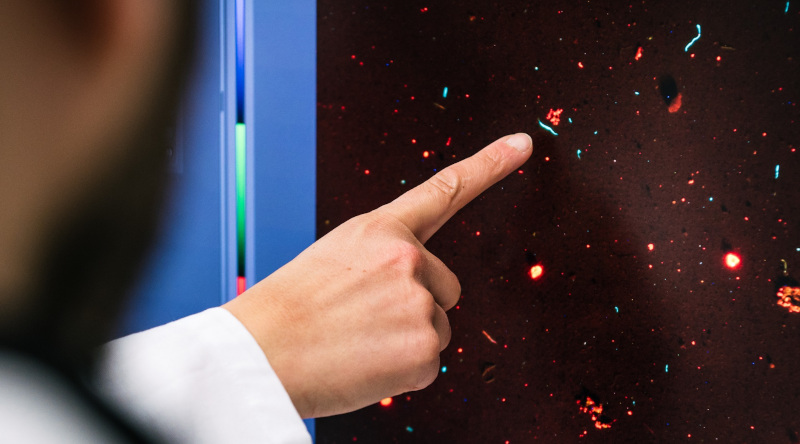Veolia tests new microplastic detection technology in PET recycling
Veolia plans to test a new technology for detecting microplastics at its PET recycling plant in Frauenfeld, Switzerland. This new method, developed by the non-profit greentech company Wasser 3.0, is based on fluorescence labelling and is supported by the Veolia Foundation as part of a three-year funding project. The technology is claimed to stand out for its simplicity, speed, and cost-effectiveness compared to traditional methods. Using fluorescence microscopy, it enables selective staining and efficient measurement of microplastics in water and wastewater samples, contributing to a more accurate assessment of microplastic pollution in bodies of water, says the company.
“Our goal is not only to contribute to the recycling loop of PET through our processes but also to continuously improve our environmental footprint,” explains Jan Ostendarp, project manager at Veolia PET Germany GmbH. “We are constantly optimising our processes to use resources more efficiently, creating sustainable value for both us and our customers. This is the core of our business model and corporate philosophy.”
As part of the planned implementation, Veolia intends to monitor wastewater components at the plant to reduce microplastics and other wastewater loads. Veolia is particularly focused on reducing wastewater loads in PET recycling, with various priorities: the use of innovative methods to reduce microplastics, the reduction of chemical oxygen demand (COD) and antimony content in wastewater, and enabling the reuse of purified process water. By implementing water cycles in industrial processes, the company can reduce its freshwater consumption while simultaneously optimising wastewater treatment with the support of Wasser 3.0.

